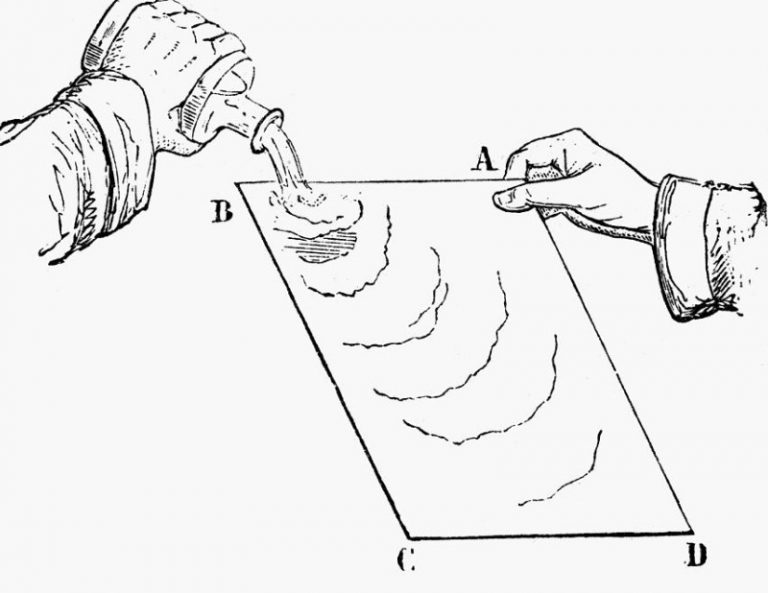Arctype creates tintypes from your digital images.
Your digital image is converted into an analog negative that is then exposed into an enlarger following the traditional wet-collodion process. We use the same chemicals and varnishes as in the XIX century. The final result is a traditional art piece that lasts generations.
A Tintype is a non-reflective, one-of-a-kind photograph obtained following the traditional XIX century wet-collodion process. The collodion emulsion that is used during the process is not sensitive to the same spectrum of light than the one from the human eye.

As a result, the resulted tintype image will differ from the original one.
Tintypes rely on the principle that underexposed collodion negatives appear as positive images when viewed against a dark background.
Introduced in 1851, by Frederick Scott Archer, the wet collodion process was a fairly simple, if somewhat cumbersome photographic process. It was used as the primary camera image for all of the major printing processes of the XIX century. Its most common use was portrait photography.
A solution of collodion was poured over a plate of glass, leaving a thin, clear film containing the halide. The plate was then placed in a solution of silver nitrate. When removed from the silver, the collodion film contained a translucent yellow compound of light-sensitive silver iodide. The plate was exposed still wet and then developed by inspection under red light. Once the plate was washed and dried, it was coated with a protective varnish.
The collodion process replaced the daguerreotype as the predominant photographic process by the end of the 1850’s.Tintypes first appeared in the United States in 1856, and were more durable than ambrotypes and daguerreotypes. They remained popular well into the twentieth century.

